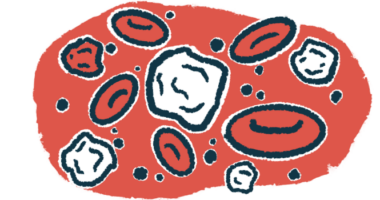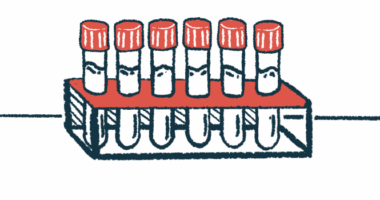Study ID’s specific microglia tied to disease progression in ALS
Research offers 'starting points' for therapies that target neuroimmunity in ALS

Immune cells in the brain exhibit distinct profiles in the brain and spinal cord of people with amyotrophic lateral sclerosis (ALS), a study finds.
A better understanding of the cells, called microglia, which are long believed to contribute to inflammation and damage in ALS, could help scientists come up with new therapies for the neurodegenerative condition.
“These findings pave the way for the development of microglia subset-specific therapeutic interventions to slow or even stop ALS progression,” the researchers wrote in their study, “Single-cell transcriptomic landscape of the neuroimmune compartment in amyotrophic lateral sclerosis brain and spinal cord,” which was published in Acta Neuropathologica.
In ALS, the loss of the specialized nerve cells involved in muscle control, called motor neurons, leads to progressive muscle weakness that eventually impairs movement, speech, swallowing, and breathing. Inflammation is a hallmark feature of ALS that’s believed to contribute to motor neuron damage and dysfunction. Among those inflammatory processes is the activation of and growth of microglia. The degree of microglial changes correlates with the disease’s progression.
Just what causes this microglial involvement in ALS is poorly understood. Therapeutic strategies to target neuroinflammation that have shown promise in preclinical research haven’t been successful in clinical trials.
“This disparity highlights the importance of studying the identity and role of microglia in humans to gain a deeper understanding of ALS pathogenesis [disease processes],” wrote the researchers, who previously identified nine distinct subsets of human microglia, each with their own gene activity profile.
Differences in microglia
Here, the researchers investigated which of these groups of microglia might be associated with ALS, and analyzed gene activity to assess microglia and other immune cells collected from the postmortem brain and spinal cord tissue of people with ALS, comparing them to people without ALS.
Tissue from all the ALS patients showed classic signs of microglial activation in areas impacted by ALS. Analyses showed a strong shift in microglial subpopulations among people with ALS compared with the non-ALS, or control, samples. Specifically, ALS tissue showed a predominance of a group of microglia, dubbed MG2, that exhibit gene activity alterations consistent with dysregulated cellular energy production. Microglia related to stress responses (MG3) were also increased, especially in the spinal cord.
One group of microglia called MG7 that most closely resembles those enriched in ALS mouse models were significantly depleted in these ALS samples, a finding that highlights the possible limitations of using mice to study disease-related microglial profiles, the researchers said.
These microglial changes tended to be observed across a range of patients who varied in terms of sex, age, and genetic risk factors.
Altered gene activity markers for ALS-related microglia subtypes correlated with a marker implicated in neurodegenerative diseases, suggesting a link between immune changes and motor neuron death.
In people with aggressive forms of ALS, a subset of microglia associated with interferon responses — a type of immune response — were enriched. But a class of microglia associated with a protective profile was depleted.
Changes in other types of immune cells were also observed. ALS tissue, especially in the spinal cord, exhibited higher infiltration of a variety of immune cell types relative to the controls.
“Our findings open novel avenues for further investigations into the role of the different infiltrating … immune cells in the ALS spinal cord to understand whether they are contributing to the [disease processes] directly or through their interaction with local microglia,” wrote the researchers, who said the data offer a launch point for translational studies to better understand the role of these microglia subsets in the context of ALS and to develop therapeutic approaches based on them. “Our dataset offers multiple such potential starting points to pursue for the development of therapeutic strategies targeting the neuroimmune component of ALS.”







